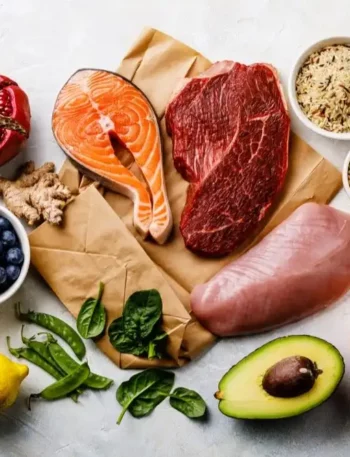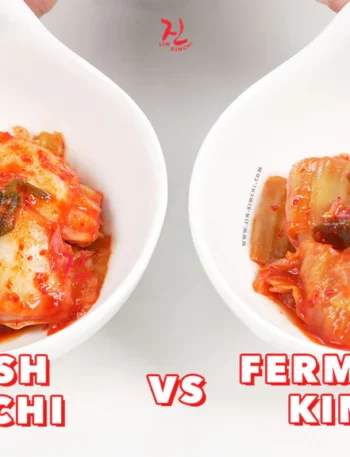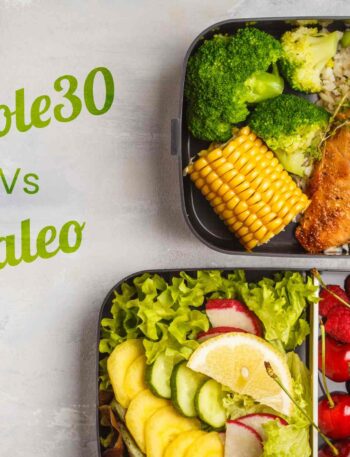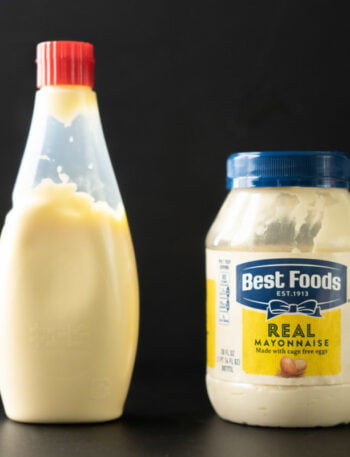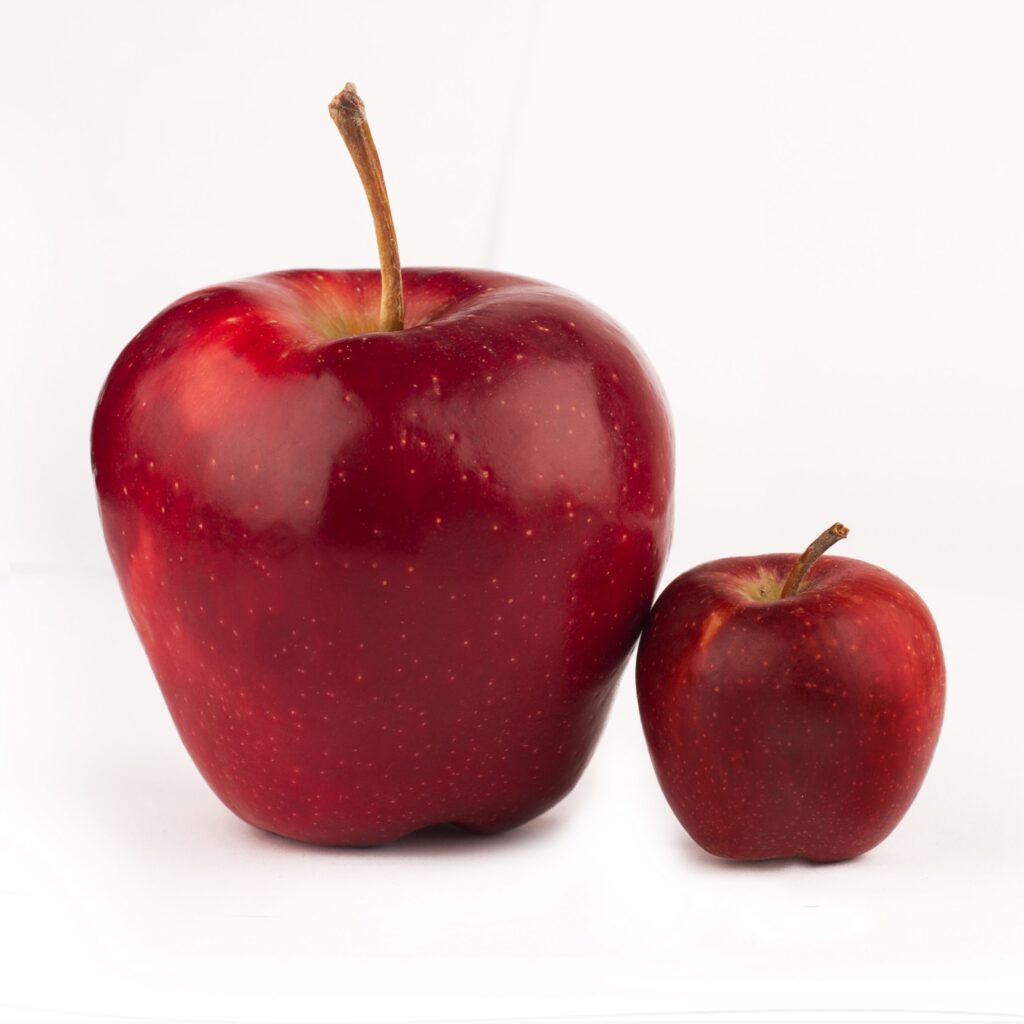
I bit into a mango the other day—big, orange, suspiciously juicy—and for five seconds, I swear to God, I felt like I could sprint like a jaguar. Heart pounding, pupils dilated, brain on some next-level awareness.
Did I unlock some freaky fruit cheat code? Or was that mango just vibing on a whole different frequency? Either way, it got me thinking: what the hell are we really biting into when we eat genetically modified fruits? Could they actually do more than just taste good? Could they change us? No cap—this isn’t your usual science class snoozefest. We’re going down the rabbit hole, and it’s juicy, weird, and a little wild.
Let’s be real, the whole GMO convo usually sounds like some boring health debate between a kale influencer and your conspiracy uncle at a family BBQ.
But hang tight. We’re not talking just about Frankenfood or Monsanto-level drama. We’re talking about freaky potential. Like… mutant level. Comic-book type beat.
Let me throw a thought grenade at you: Scientists are already tweaking fruits to produce vaccines, glow in the dark, resist climate chaos, and yeah—boost nutrients that literally change your biochemistry.
You think your banana’s just a banana? It could be laced with lab-crafted genes from a jellyfish to make it glow like a rave toy. And while that’s not exactly giving you eagle vision or Wolverine claws, your body does react. Your cells adapt. Your microbiome shifts. It’s subtle, slow, sneaky… like evolution with a gas pedal.
And here’s the spicy part: some genetic tweaks do mess with your brain chemistry. Enhanced flavonoids, neurotransmitter precursors, antioxidant content on steroids.
Ever eaten a supercharged purple tomato and suddenly felt… euphoric? Yeah, that ain’t your grandma’s tomato. That’s biohacked mood food. It’s like microdosing a better version of yourself, but without the sketchy guy in the woods.
Now, am I saying GMOs are turning us into X-Men? No. Am I saying there’s zero chance they’re changing us in subtle, long-term ways that no one fully understands yet? Hell no.
Think of it like this: we used to eat wild berries for survival. Now we’re snacking on fruits that have been designed by people in lab coats who probably haven’t touched soil in years.
That’s not a bad thing necessarily—it’s just different. And difference in biology? That’s where transformation starts.
People wanna act like food is either medicine or poison. But truth is, food is information. It’s code. And GM fruits? They’re custom-coded messages we swallow. Some of them whisper to your gut. Some of them scream at your DNA.
Whether those messages evolve us or mess us up—that’s the billion-dollar question no one can answer with a straight face just yet.
Here’s a juicy little nugget of truth: In 2009, a group of researchers spliced spider silk genes into goats so their milk could be used to produce bulletproof materials. That’s not sci-fi. That’s science fact.
So, if we’re already milking goat-spiders, what’s so crazy about a banana that gives you mental clarity or a grape that helps you focus like a hawk on Adderall?
Now don’t get me wrong. Not all GMOs are glow-ups. Some are just corporate greed dressed in shiny fruit skin. But some? Some are lowkey next-gen nutrition. And we need to stop lumping them all together like they’re the same evil cousin.
Because the real superpower? It’s not just in the fruit. It’s in knowing what’s in your fruit. Owning that choice. Staying sharp. Staying woke. Staying a little weird.
As the old saying goes, “You are what you eat.” And if what you’re eating was designed to be smarter, stronger, faster… who says you won’t be too?
Bottom Line: Don’t just eat mindlessly. Know what’s in your food, and what that food might be doing to you. Could a lab-tweaked apple turn you into a biohacked beast with laser focus and insane stamina? Maybe not today. But we’re playing with the code now. And once we start playing with code… all bets are off.
“Every bite is a vote for the kind of future you want—just make sure you’re not voting blind.”


